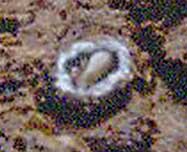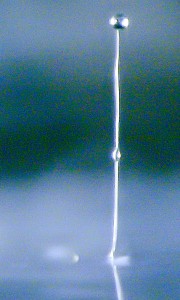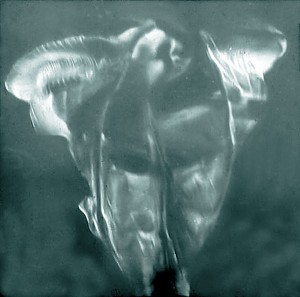Pseudoscorpions are intriguing and fascinating tiny arachnids averaging around 2-5mm long. With their large pincer-like pedipalps they superficially resemble scorpions. Unlike scorpions they have trachea rather than lung-books for breathing and no sting at the end of a long tail. Few people come across them because they small and secretive, hiding away under stones, in soil, moss, decaying leaves, compost, dung heaps, old thatch, rotting wood, in animal nests, barns, caves, and other similar habitats.
Being small doesn’t mean they are insignificant. They are veritable tigers and important predators hunting their mites, insects and other invertebrates. Some produce venom to subdue their active prey whilst others rely on powerful crushing pedipalps. Once caught their victim is cut-up using jaw-like sensory-rich chelicerae that direct digestive juices onto and into their prey, filter the resulting food that is then sucked up. The chelicerae even produce silk.
Silk is used to build chambers in which to hibernate, moult and in some species produce and protect their young. Males produce further silk from their genitalia in the form of spermatophores, structures that carry a packet of sperm for females to pick up. Sex for predators is potentially dangerous – a prospective mate can be misidentified as a potential meal. One way to overcome this is for the male to produce sperm in a packet that he can leave for a female to find and pick up. Males of some species produce spermatophores randomly, others only if they sense a female is around. This can be wasteful, so some species have evolved elaborate ‘dances’ designed to tell each other that reproduction and not food is on the menu (scorpions carry-out similar courtship routines). They may or may not be in contact (grasping each others palps) as the male produces his spermatophore and directs the female over it for her to pick up the packet of sperm. Eggs are not laid, but kept attached to the female's genital aperture where they are nourished as they develop. The first stage larvae also remain attached to her and receive nutriment. In some species the mother continues to feed them with secretions from her mouth in the safety of their silken home even when they have moulted.
Follow the links to find out more about our amazing British pseudoscorpion fauna.
Should you wish to contact me:

Unless otherwise stated all images are Copyright of Gerald Legg, naturaimaging. If you would like to use any images, then high resolution ones can be obtained by contacting me.
This work is licensed under a Creative Commons Attribution-ShareAlike 3.0 Unported License.




